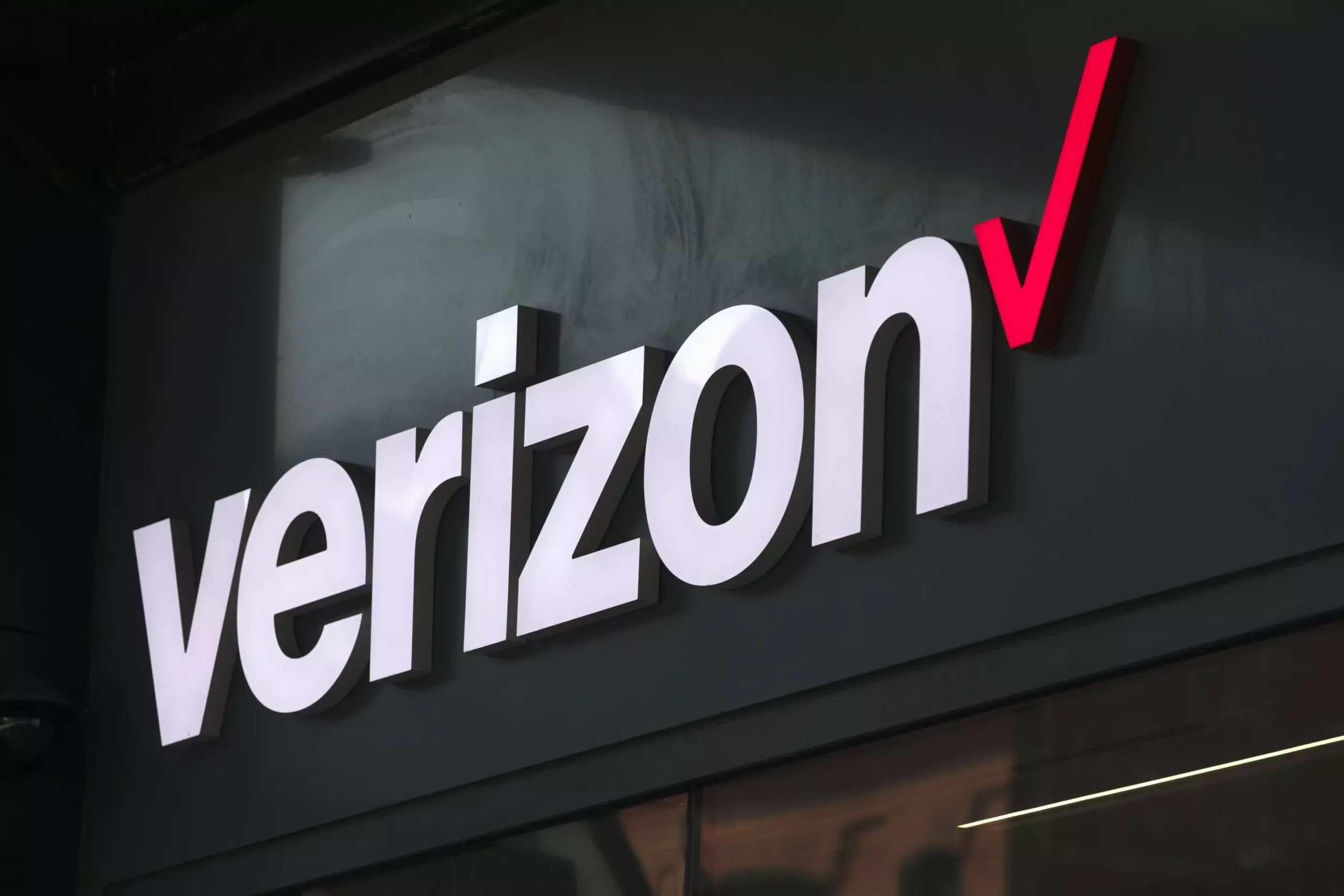On a recent Monday, Verizon Wireless experienced a significant service interruption that affected many of its customers across the United States. Reports indicated that tens of thousands of users lost their cellphone connectivity, raising concerns not just for daily communication but also for emergency services. The issue peaked around 11 a.m. ET, when outage monitoring platform DownDetector recorded over 100,000 complaints. Even as the numbers gradually diminished throughout the day, approximately 48,000 customers still faced connectivity issues by late afternoon.
Geographic Scope of the Disruption
The outage’s impact was widespread, transcending regional boundaries. Although many users in the Southeastern U.S. expressed frustrations—especially given the ongoing recovery efforts from Hurricane Helene— disruptions were notably felt in other regions including the West Coast, Midwest, and Northeast. This widespread nature of the outage raised questions about the underlying infrastructure and what might have led to such a massive failure.
In response to the growing concerns, Verizon took to social media platform X to acknowledge the issue and assure customers that it was actively addressing the situation. The company stated that its engineers were working diligently to “identify and solve the issue.” This proactive communication is crucial in maintaining customer trust during such events. Additionally, the Federal Communications Commission (FCC) recognized the situation but offered little detail, indicating that it was in the process of investigating the cause of the outage. This lack of immediate clarity from regulatory agencies can contribute to user anxiety, especially during an incident of this magnitude.
Consumer Impact and Outage Navigation
The service disruption was particularly noticeable for Verizon iPhone users, many of whom reported seeing an “SOS” message displayed on their devices. This notification signifies difficulties in connecting with the network but allows for emergency calls through alternative carrier networks. For users unfamiliar with these features, it underscores the importance of understanding device functionalities during service outages. Users were encouraged to switch to available Wi-Fi networks to regain connectivity, as Wi-Fi calling is integrated into most modern smartphones—a solution that many may not automatically consider during such disruptions.
This recent Verizon outage offers critical insights into the reliability of cellular networks and the importance of communication in crisis situations. In an age where dependence on technology is pervasive, ensuring seamless connectivity is vital, not just for daily life but also for emergency preparedness. Companies like Verizon must prioritize infrastructure resilience and transparent communications to minimize user frustration. Furthermore, consumers should be educated on backup communication options like Wi-Fi calling, which can be essential in times when traditional networks fail. As technology continues to evolve, ensuring that both providers and consumers are adequately prepared for outages will be crucial for maintaining trust and safety in an ever-connected world.


Leave a Reply